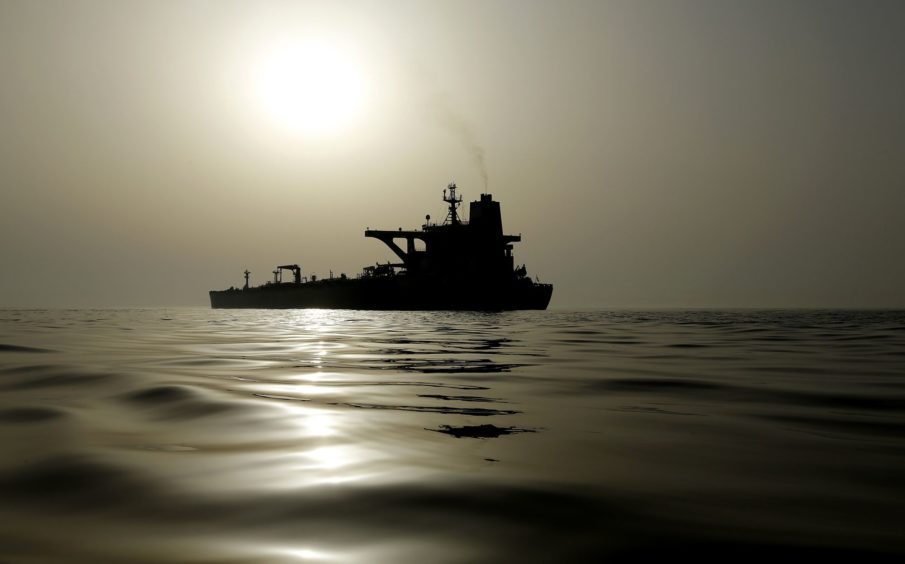
Oil stored in ships has been piling up off key Asian ports as a crackdown in China on private crude oil processors has blunted purchases and disrupted flows, including some US-sanctioned barrels from Iran.
Vessels off Singapore, Malaysia and China had about 62 million barrels last week after hitting a near three-month high earlier this month, according to intelligence firm Kpler. Venezuelan oil and Iran’s heavier grade — commonly imported as bitumen mixture — are among the varieties held, Kpler said.
“These barrels sitting off Southeast Asia are distressed,” said Anoop Singh, Singapore-based head of East of Suez tanker research at Braemar ACM Shipbroking Pte Ltd. “They’re going to have a tough time finding homes other than China, unless the situation surrounding the US sanctions changes dramatically, or China’s clampdown on its independents is eased.”
China, the world’s biggest crude importer, has been probing private refiners to bolster compliance with tax obligations and environmental rules. The investigations have seen import quotas cut at a time when global crude markets have been roiled by the spread of the delta coronavirus variant and prospects for reduced monetary stimulus. That’s seen global benchmark Brent drop back into the $60s a barrel after rising toward $80 as recently as July.
Ordinarily, supplies would build up offshore only when the market is in contango, a bearish structure that encourages traders to lock in higher future prices and hoard oil for later sales. Such a shift was seen in the early phase of the coronavirus pandemic. But at present, futures remain backwardated, the opposite pattern in which near-dated prices trade above those further out, and the uptick in floating holdings in Asia may partly reflect the probe’s fallout.
As part of the prolonged clampdown, China introduced a consumption tax from June on imports of three oil-related items, including bitumen mixture, citing pollution concerns. That’s contributed to the pile up off Asian ports as the tar-like substance used to produce road-making material was often used as a cover to mask actual flows of Iranian and Venezuelan oil into Asia.
With the new levy boosting the price of bitumen mix imports, the volume into China shrunk by about 80% last month from the peak in May, according to Janus Juay, crude oil analyst at Kpler. “The main destination for sanctioned cargoes is China most of the time,” Juay said.
Seven Days
In the floating holdings in the region, Kpler identified millions of barrels of Iranian crude and condensate, as well oil that had undergone ship-to-ship transfers off Malaysia, a practice that can obscure a cargo’s origin. Venezuelan Merey was also held. Kpler’s defines floating-storage vessels as ships that have been idle or moving at a slow speed for at least seven days.
There may have also have been a knock-on effect around China’s ports as some cargoes from other destinations were held up. A total of 29 oil-laden tankers were floating off China, according to Vortexa. While one-fifth were believed to be carrying Iranian and Venezuelan crude, others were laden with oil from Abu Dhabi and Brazil amid delays to discharging due to a lack of storage space, said Emma Li, a Singapore-based analyst at Vortexa. The company defines floating storage as ships stationary for at least seven days.
As part of the clampdown, Chinese authorities have cut import quotas allotted to the independents. Last month, flows of crude into China fell to the lowest since May after the reductions, as well as disruption caused by a typhoon. In addition, China’s oil refining tumbled to the slowest pace in 14 months in July.
If fresh import quotas are issued to the private refiners “in the next month or so, then the floating volume will be cleared sometime in the fourth quarter,” Singh at Braemar said.